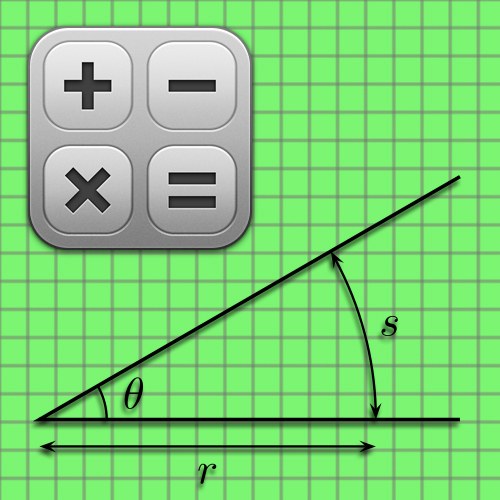Instruction
1
If the degree measure of the need to translate the measure of the angle in radians, assume that one degree corresponds to the number of radians equal to 1/180 fraction of PI. This mathematical constant has an infinite number of decimal places, so the conversion factor from radians to degrees is also an infinite decimal fraction. This means that an absolutely exact value in decimal fractions to not work, so the conversion factor should be rounded to. For example, with a precision of a billionth fraction of a unit calculated ratio is equal to 0,017453293. After rounding to the desired number of characters, divide by this factor the initial number of radians and you will get a degree angle.
2
In solving mathematical tasks from the topics that are related to geometry, often there are formulas in which values of angles are radians and fractions of PI. If you get a solution that contains this constant, to convert it to degrees, replace π by the number 180. For example, if the Central angle is defined by the expression π/4, this means that its degree measure is equal to 180°/4=45°.
3
Angles can be expressed in units, which are called "revolution." This unit corresponds to 360°, so the problems with conversion should not occur. For example, if the task says about the angle in a turn and a half, this corresponds to 360 x 1.5=540° in degree measure.
4
Sometimes in geometry problems is referred to an obtuse angle. It is formed by two rays, called opposite direction, that is, collinear. Use the number 180 for the expression values of the expanded angle in degrees.
5
In geodesy, cartography, astronomy degrees are divided into still smaller units, which have their own names, minutes and seconds. This division has roots in the same place and degrees, so each degree comprises 60 minutes, or 3600 seconds. Use these numbers if seconds and minutes need to be replaced in tenths of a degree. For example, angle 11°14'22" corresponds to a decimal fraction, approximately equal to 11 + 14/60 + 22/3600 if 11,2394°.
